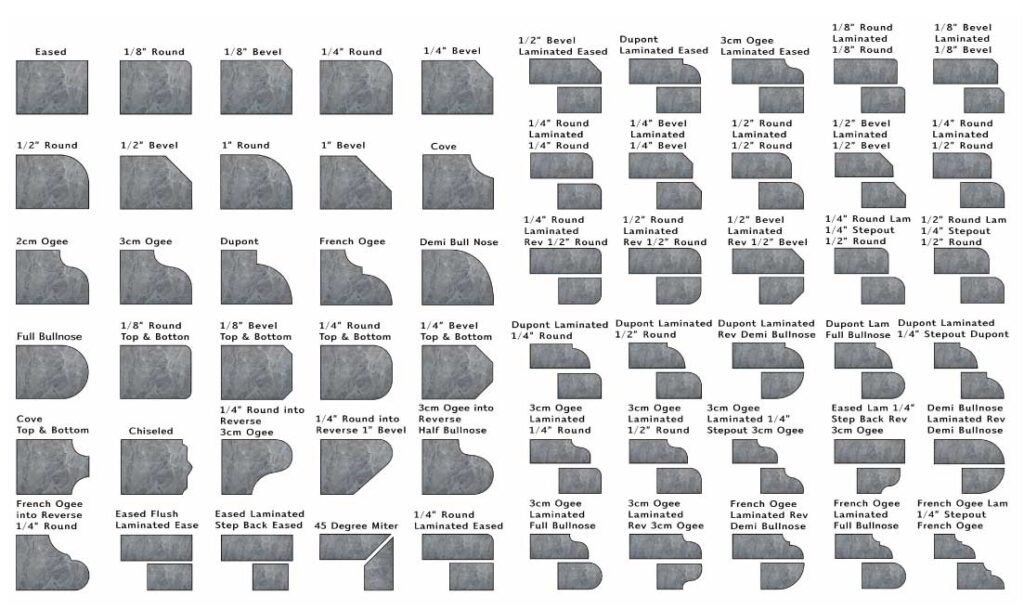Stone Learning Hub
Learn About Stone Types, Finishes, Maintenance, and more
Stone Types
Granite
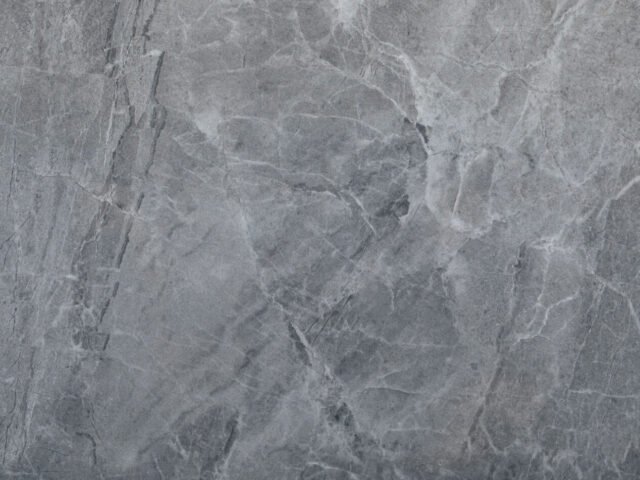
- Pros: Durable, heat-resistant, scratch-resistant, available in various colors and patterns, adds value to the property.
- Cons: Requires periodic sealing to prevent staining, can be expensive.
- Common Uses: Countertops, backsplashes, fireplace surrounds, flooring.
- Style Differences: From speckled patterns to veined designs, granite offers a wide range of aesthetics suitable for various design preferences.
Marble
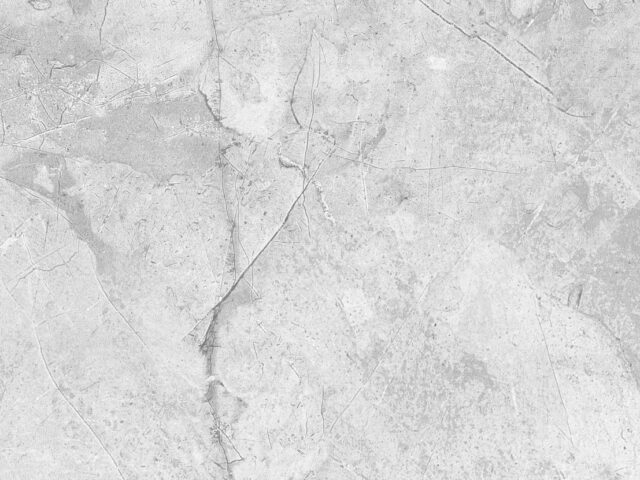
- Pros: Elegant appearance, unique veining patterns, heat-resistant.
- Cons: Prone to scratching, staining, and etching from acidic substances, requires regular maintenance.
- Common Uses: Countertops, flooring, shower walls, fireplace surrounds.
- Style Differences: Marble is known for its luxurious appearance, with options ranging from classic white Carrara to colorful varieties like Calacatta.
Quartzite
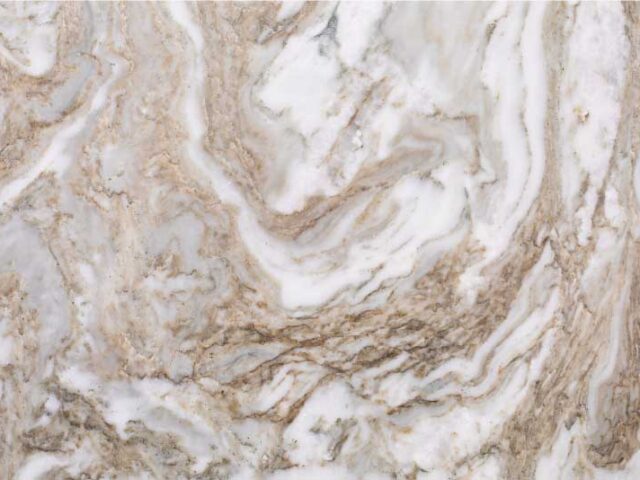
- Pros: High durability, a similar appearance to marble but with better stain resistance, low maintenance.
- Cons: Can be expensive, with limited color options compared to quartz.
- Common Uses: Countertops, backsplashes, flooring.
- Style Differences: Quartzite often mimics the appearance of marble or granite but with unique veining patterns and colors.
Quartz
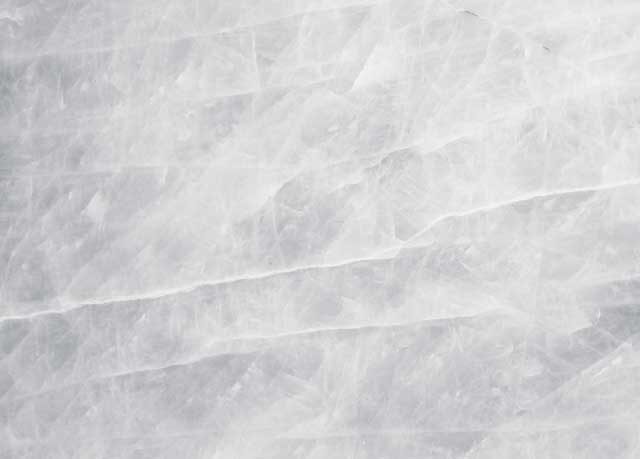
- Pros: Extremely durable, non-porous, scratch-resistant, wide range of colors and patterns, low maintenance.
- Cons: Can be more expensive than other stone options.
- Common Uses: Countertops, backsplashes, vanity tops.
- Style Differences: Quartz offers consistent patterns and colors, including options that mimic the appearance of marble, granite, or concrete.
Travertine
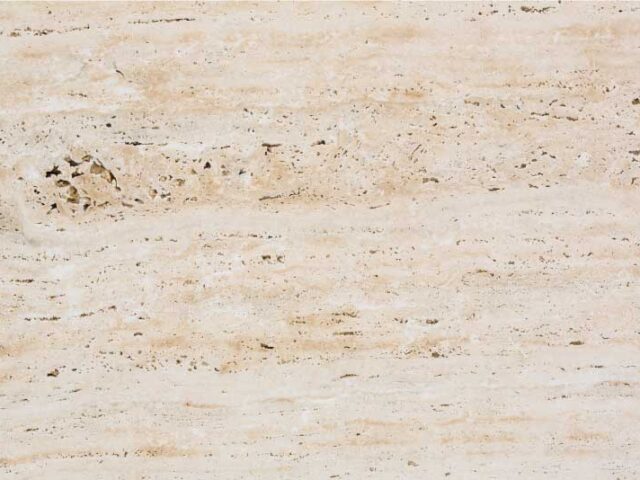
- Pros: Unique, earthy appearance, naturally slip-resistant surface, relatively affordable.
- Cons: Prone to scratching, staining, and etching, requires regular sealing and maintenance.
- Common Uses: Flooring, shower walls, backsplashes, outdoor paving.
- Style Differences: Travertine features natural pits and voids that add character, available in various warm tones.
Slate
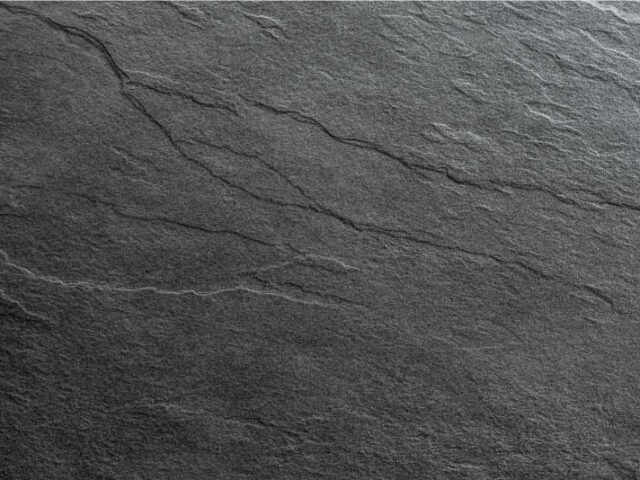
- Pros: Durable, slip-resistant, naturally textured surface, heat-resistant.
- Cons: Can be prone to chipping and flaking, requires periodic sealing.
- Common Uses: Flooring, outdoor paving, fireplace hearths.
- Style Differences: Slate is characterized by its unique texture and comes in shades of gray, green, black, and rust.
Limestone
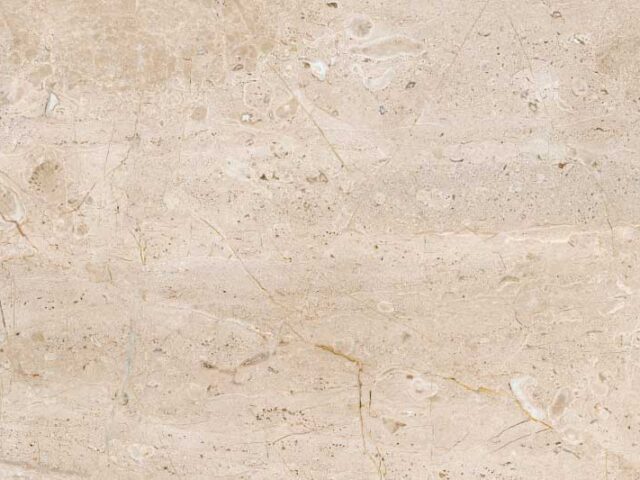
- Pros: Natural, earthy appearance, relatively affordable, suitable for warm climates.
- Cons: Soft and porous, prone to scratching, staining, and etching, requires regular sealing and maintenance.
- Common Uses: Flooring, fireplace surrounds, exterior cladding.
- Style Differences: Limestone offers a soft, muted color palette with subtle variations in tone and texture.
Onyx
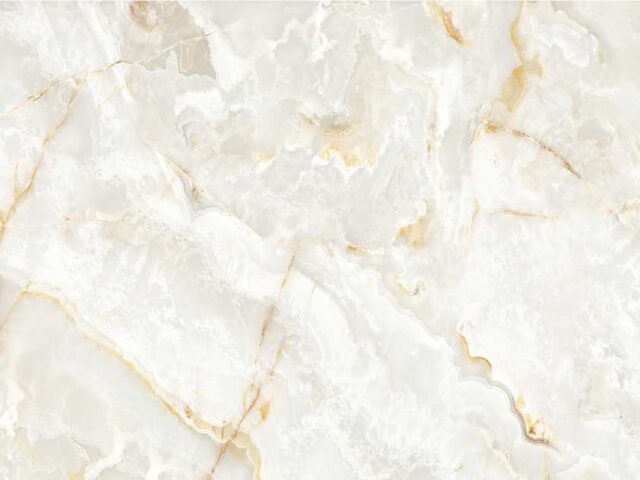
- Pros: Luxurious appearance, translucent properties, unique veining patterns.
- Cons: Very soft and porous, requires special care and maintenance, susceptible to scratching and etching.
- Common Uses: Backlit countertops, feature walls, decorative accents.
- Style Differences: Onyx is prized for its striking appearance, with vibrant colors and intricate veining that create a stunning visual effect when backlit.
Learn About Edge Profiles
The edge profile of a stone countertop or surface plays a significant role in its overall aesthetic appeal and functionality.
Here are some of the top stone edge profiles, along with their pros and cons:
Eased Edge:
- Pros: Simple and clean appearance, versatile for various design styles, easy to clean.
- Cons: Lacks decorative detail compared to other profiles.
Beveled Edge:
- Pros: Adds dimension and visual interest, subtly chamfered edge creates a smooth transition, easier to handle than sharp edges.
- Cons: Requires more frequent cleaning due to the angled surface.
Bullnose Edge:
- Pros: Soft and rounded profile, comfortable to lean against, timeless and classic look, hides seams well in countertop corners.
- Cons: May appear bulky on thinner countertops, less dramatic compared to other profiles.
Ogee Edge:
- Pros: Ornate and elegant appearance, adds sophistication and character to the countertop, complements traditional and formal design styles.
- Cons: More challenging to clean due to intricate detailing, may be prone to chipping along the edges.
Half Bullnose Edge:
- Pros: Combines the elegance of a bullnose with a sleeker profile, easier to maintain than a full bullnose.
- Cons: Still susceptible to chipping on the exposed edge.
Waterfall Edge:
- Pros: Modern and dramatic appearance, creates a seamless flow from the countertop to the sides, visually striking.
- Cons: Requires precise fabrication and installation, may be more expensive due to additional material and labor.
Dupont Edge:
- Pros: Unique and decorative profile, features a gracefully curved edge with a small step-down detail.
- Cons: Less common and may be more challenging to fabricate, may collect dust or debris in the recessed area.
Chiseled Edge:
- Pros: Rustic and natural appearance, adds texture and character to the stone, ideal for creating a rugged or Old World look.
- Cons: Irregular edges may be more challenging to clean and maintain, not suitable for all design styles.
When selecting a stone edge profile, consider the overall style of the space, the level of maintenance required, and your personal preferences for aesthetics and functionality. Each edge profile offers its own unique blend of style, comfort, and practicality, allowing you to customize your stone surfaces to suit your specific needs and design vision.
Maintenance and Cleaning:
Keeping stone surfaces in optimal condition requires proper care and maintenance practices. Here are some top ways to maintain the beauty and longevity of stone surfaces:
Sealing: Most natural stone surfaces, such as granite, marble, and travertine, are porous and can absorb liquids, leading to staining and etching. Sealing these surfaces with a high-quality, penetrating sealer helps to create a protective barrier against stains and moisture. It’s essential to follow the manufacturer’s recommendations for sealing frequency.
Regular Cleaning: Routine cleaning is crucial for preventing dirt, grime, and spills from accumulating on stone surfaces. Use a pH-neutral stone cleaner and a soft cloth or sponge to wipe down countertops, floors, and other stone surfaces regularly. Avoid harsh or acidic cleaners, as they can damage the stone’s surface over time.
Avoiding Abrasive Cleaners: Avoid using abrasive cleaners, scouring pads, or harsh chemicals on stone surfaces, as they can scratch or dull the stone’s finish. Instead, opt for gentle cleaning solutions specifically formulated for use on natural stone.
Immediate Cleanup: Promptly clean up spills to prevent them from staining or etching the stone surface. Blot the spill with a clean cloth or paper towel and gently wipe the area with a mild stone cleaner and water.
Use Coasters and Trivets: Protect stone countertops and surfaces from heat damage, scratches, and moisture rings by using coasters, trivets, and hot pads under hot cookware, dishes, and drinks. This helps to prevent direct contact between the stone surface and potentially damaging substances.
Avoiding Impact and Pressure: Avoid dropping heavy objects or applying excessive pressure on stone surfaces, as this can cause chipping, cracking, or scratching. Use cutting boards and mats when preparing food to protect countertops from knife marks.
Regular Maintenance Inspections: Periodically inspect stone surfaces for signs of wear, damage, or deterioration. Address any issues promptly to prevent them from worsening and requiring costly repairs.
Professional Maintenance: Consider hiring a professional stone restoration and maintenance service to perform periodic deep cleaning, sealing, and polishing of stone surfaces. Professionals have the expertise and specialized equipment to ensure that stone surfaces remain in optimal condition.
By following these maintenance and cleaning tips, you can preserve the beauty and durability of stone surfaces in bathrooms, kitchens, fireplaces, and commercial settings for years to come. Regular care and attention will help to protect your investment and keep your stone surfaces looking pristine.

